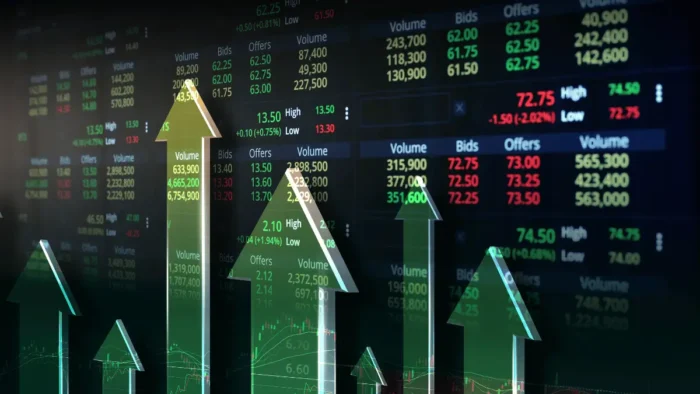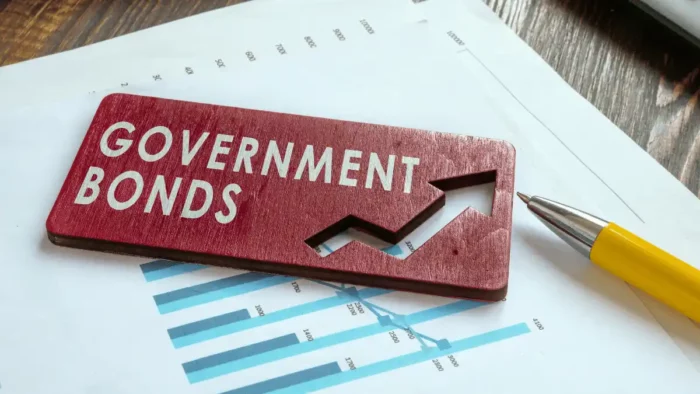Futures trading, often perceived as a high-stakes financial endeavor, can be lucrative when approached with a business mindset. Unlike casual speculation, a structured approach to futures trading can help mitigate risks and maximize gains. This article looks at the art of futures trading and explores how to develop a businesslike approach.
Whether you are a seasoned trader acquainted with Fundamental Analysis or a novice trader trying to figure out the financial markets, this article covers four key subtopics to guide your journey to trading success.
1. Setting Clear Objectives
One of the fundamental principles of running any successful business is setting clear objectives, and futures trading is no exception. Setting specific, attainable, and time-bound goals can serve as a helpful road map for your investment efforts. Consider the following steps:
- Define Your Financial Goals: Determine what you aim to achieve through futures trading. Are you looking for short-term gains or long-term wealth accumulation?
- Risk Tolerance: Assess your risk tolerance and financial capacity. Understand how much capital you’re willing to invest and potentially lose.
- Time Horizons: Specify your trading timeframes – whether you’re a day trader, swing trader, or long-term investor.
- Measurement Metrics: Identify the key performance indicators (KPIs) you’ll use to evaluate your trading success. This may include return on investment (ROI), win-to-loss ratio, and annual growth targets.
2. Risk Management Strategies
Even the most competent traders can suffer devastating losses without a solid risk management plan. As such, deciding how much money will be put into each trade ahead of time is essential. Limiting losses via the use of stop-loss orders is also important. You may use these preprogrammed orders to get out of a bad transaction before it destroys your finances.
Diversification is also vital. It implies that you shouldn’t invest all your money in a single commodity or asset class but rather trade different futures contracts. With diversification, the benefits of one futures contract may be able to balance out the drawbacks of another.
3. Continuous Learning and Adaptation
Like any thriving company, a futures trader must constantly adapt to be competitive. To succeed in your chosen markets, it helps to be current on market news, economic data, and geopolitical developments. As such, you should dedicate yourself to continual learning and bettering yourself.
Participating in online trading forums, attending educational seminars, and reading authoritative publications may all help you gain new views and knowledge. Moreover, learning as much as you can about trading tactics and being willing to implement changes as needed is critical in developing a trading hedge.
4. Discipline and Emotional Control
Keeping your emotions in check and practicing self-discipline is critical to developing a professional approach to futures trading. The first step is to draft a detailed trading plan that specifies your methods, entry and exit locations, and risk management criteria. Once you decide on a course of action, take it seriously.
Maintaining composure and following logic are also important to doing well as a futures trader. Training yourself to detach emotionally from your trades will help you worry less about closing a deal too soon, missing out on profits, or incurring huge losses too late.
In conclusion, profitably trading futures requires full engagement, meticulous preparation, and self-control. Always remember that trading has the potential for loss and gain, hence should be approached with caution and thoughtfulness.





